News Beat
News Beat reporting is an idrw.org initiative to let our Readers to report News Based on Actual facts but some how has not been reported in Main Stream Media .
SOURCE: RAUNAK KUNDE / NEWS BEAT / IDRW.ORG

The Indian Air Force (IAF) is gearing up for a major boost in its short-range combat capabilities with the planned acquisition of additional Advanced Short Range Air-to-Air Missiles (ASRAAMs). This domestically manufactured weapon system marks a significant step towards self-reliance in military technology and opens doors for future exports.
The ASRAAM (Advanced Short Range Air-to-Air Missile) is a highly manoeuvrable, within-visual-range missile designed for dogfighting. It serves as the IAF’s go-to weapon for close-quarters aerial combat, ensuring the safety of pilots and the effectiveness of their missions.
Continue readingSOURCE: RAUNAK KUNDE / NEWS BEAT / IDRW.ORG

India’s Defence Research and Development Organisation (DRDO) has announced a critical milestone: the 120mm Cannon Launched Missile Development Programme (CLMDP) known as SAMHO has successfully completed all trials and is now ready for production. This marks a significant advancement in India’s anti-tank warfare capabilities.
Designed for deployment on the Arjun Main Battle Tank, SAMHO packs a powerful punch against modern and future armored threats. Its semi-active laser homing guidance system allows for precise targeting of enemy main battle tanks protected by explosive reactive armor, hardened point targets, and even low-flying helicopters.
Continue readingSOURCE: RAUNAK KUNDE / NEWS BEAT / IDRW.ORG
India’s Defence Research and Development Organisation (DRDO) is taking smoke protection to the next level with its cutting-edge “new age smoke protection system.” This innovative technology promises to revolutionize battlefield defence, offering light military and civilian vehicles unprecedented protection against unexpected attacks.
DRDO’s existing 81mm Anti Thermal-Anti Laser smoke grenade, while effective in blinding enemy tanks with thermal imaging and laser equipment, has limitations. It’s primarily suited for heavier armoured vehicles and lacks the flexibility needed for dynamic situations.
Continue readingSOURCE: RAUNAK KUNDE / NEWS BEAT / IDRW.ORG

The ongoing war in Ukraine has triggered a surge in interest in the BrahMos supersonic cruise missile, with makers witnessing a significant increase in sales inquiries from countries reassessing their missile arsenals. Sources familiar with the matter attribute this surge to the perceived limitations of subsonic cruise missiles highlighted by the conflict.
Reports suggest that subsonic cruise missiles deployed by Russia in Ukraine have faced an interception success rate exceeding 60%, hindering their effectiveness against heavily defended targets. This stands in stark contrast to the BrahMos’ predecessor, the P-800 Oniks, a supersonic cruise missile boasting an interception success rate below 10% even when targeting highly defended areas.
Continue readingSOURCE: RAUNAK KUNDE / NEWS BEAT / IDRW.ORG
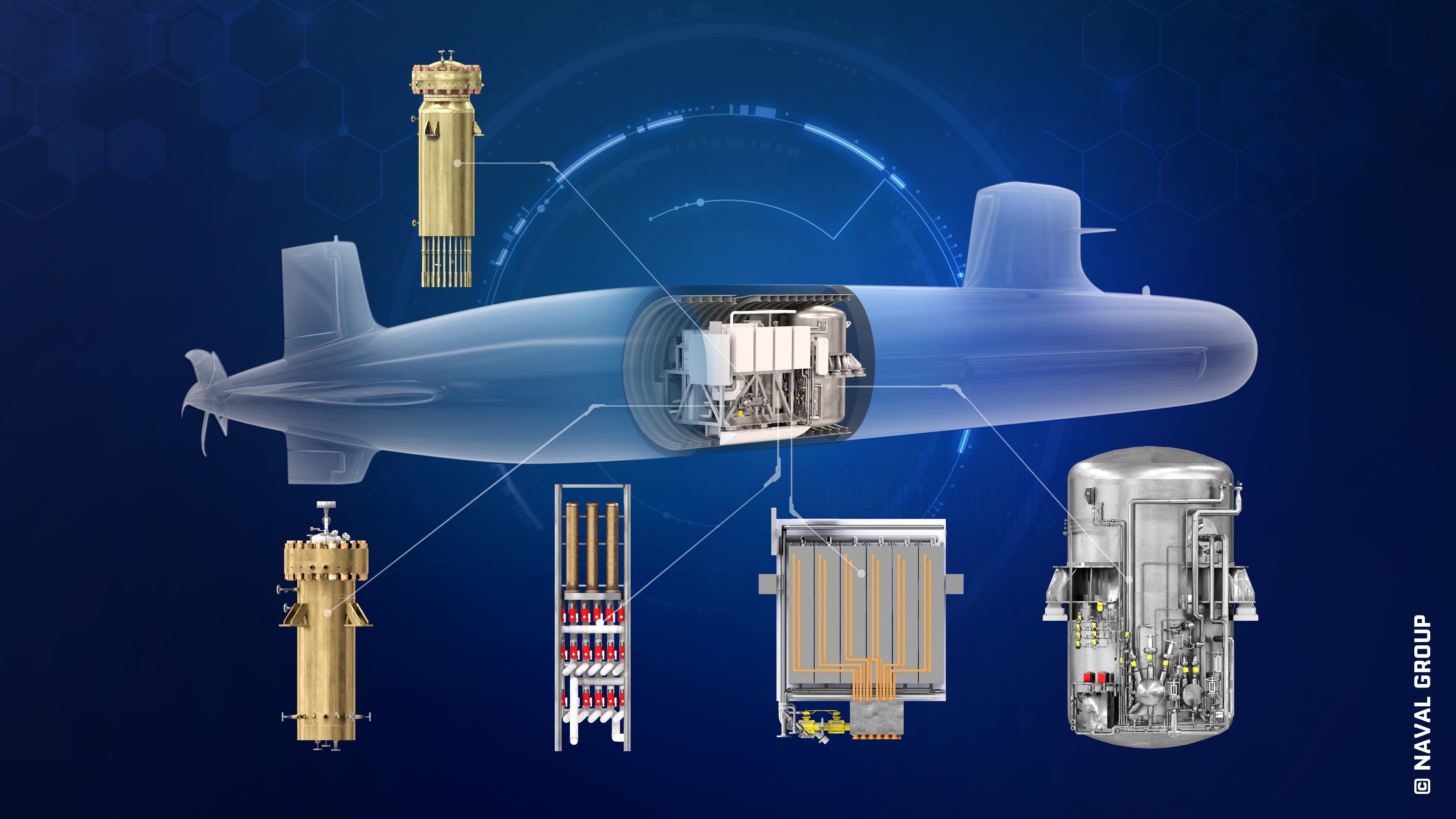
India’s quest for self-reliance in underwater warfare takes a major leap forward with the development of an indigenous Air Independent Propulsion (AIP) system by the DRDO’s Naval Materials Research Laboratory (NMRL). This game-changing technology promises to significantly enhance the submerged endurance of Indian submarines, giving them a decisive edge in maritime operations.
At the heart of this innovation lies a Phosphoric Acid Fuel Cell (PAFC)–based AIP system. This technology allows submarines to stay submerged for extended periods without surfacing for air, thanks to the conversion of hydrogen and oxygen into electricity. Initially, a 250-kilowatt (kW) system will be integrated into the lead Kalvari-class submarine starting in 2025.
Continue readingSOURCE: RAUNAK KUNDE / NEWS BEAT / IDRW.ORG
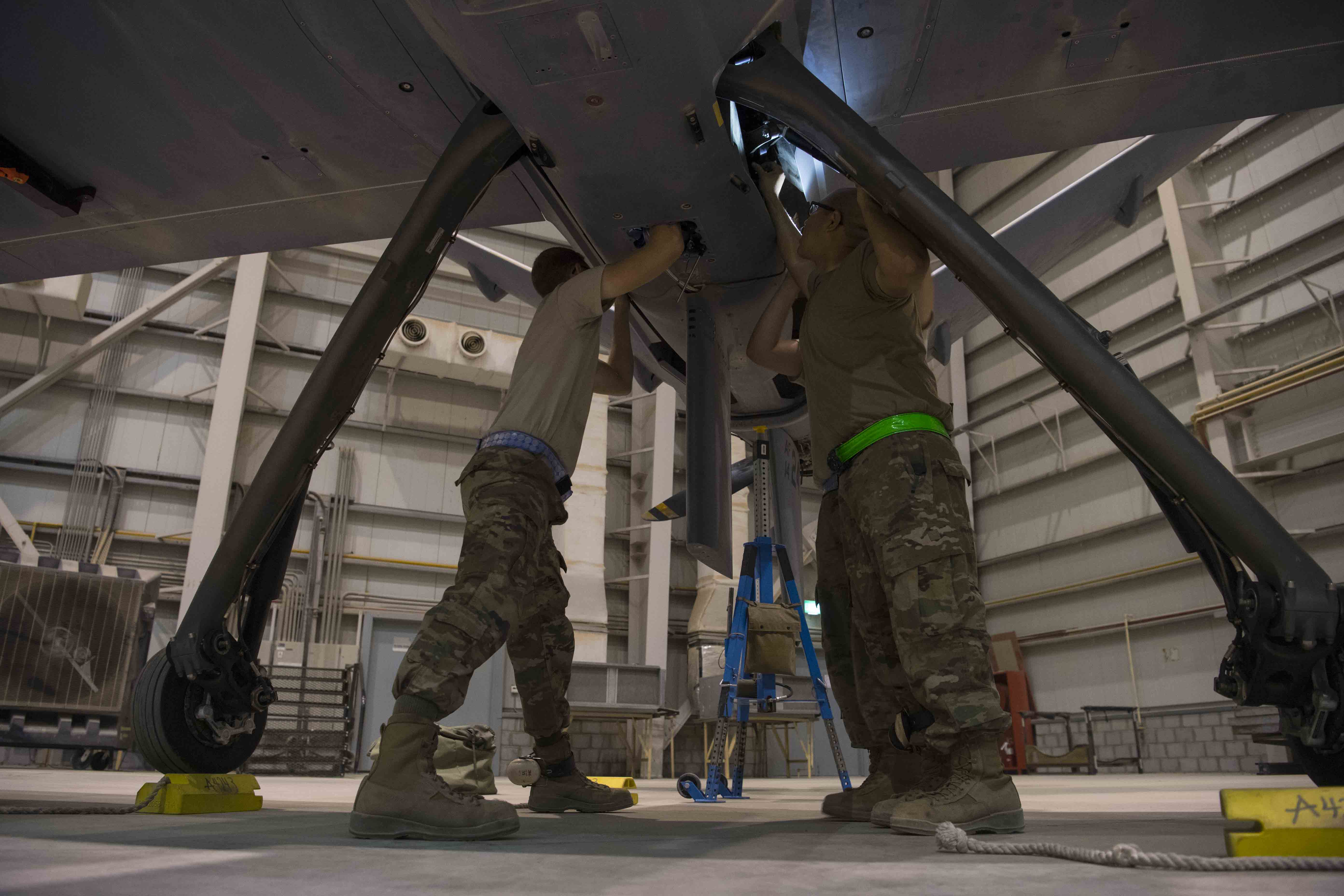
Renowned for its expertise in the automotive and industrial sectors, Bharat Forge has set its sights on a new frontier—the aerospace industry. With ambitious plans to manufacture critical components for both civilian and military projects, the company aims to play a pivotal role in advancing India’s capabilities in aerospace technology.
Bharat Forge, a stalwart in the field of engineering and manufacturing, is diversifying its portfolio by venturing into the aerospace sector. The company has identified opportunities to manufacture key components essential for aircraft, including landing gear, transmission systems for helicopters, and gearboxes for various types of aircraft. This strategic move aligns with Bharat Forge’s vision to contribute to both civilian and military aerospace projects, capitalizing on the significant growth potential in the sector.
Continue readingSOURCE: RAUNAK KUNDE / NEWS BEAT / IDRW.ORG
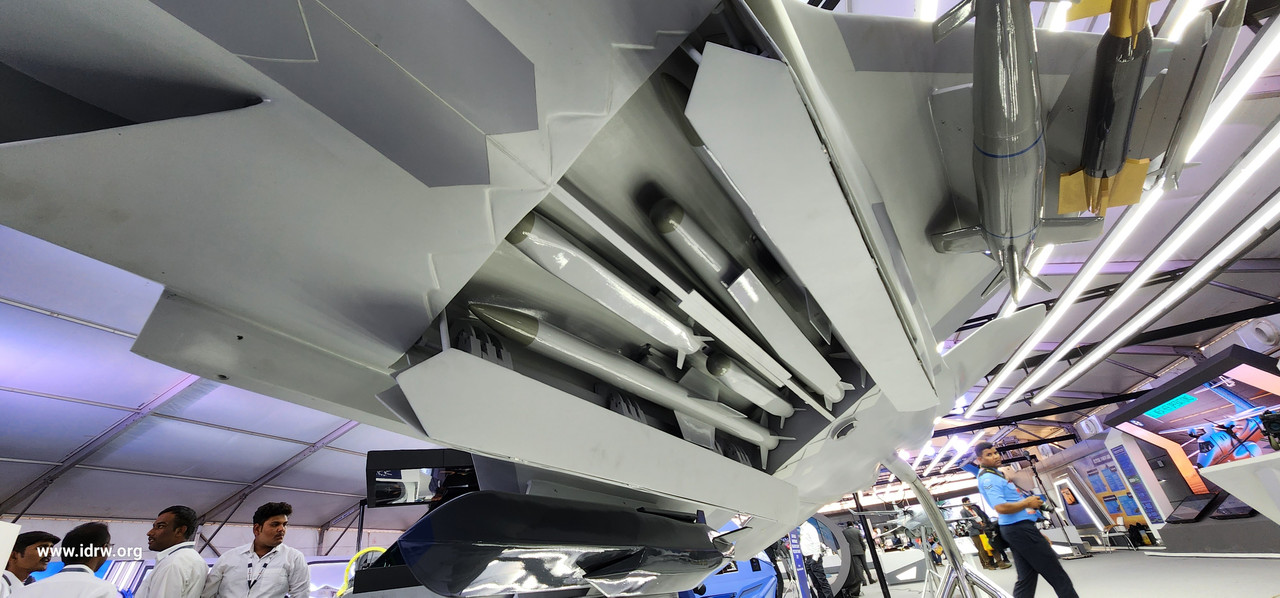
While Asian giants like China, Korea, Turkey and Japan have taken the lead in the 5th generation fighter jet race, India’s Advanced Medium Combat Aircraft (AMCA) program seems content to be the last entrant. However, the complacency doesn’t extend to the 6th generation, where experts warn the Indian Air Force (IAF) risks falling even further behind.
With countries like France, the UK, the US, France and even Turkey announcing ambitious 6th generation programs, India remains curiously passive. Defence expert Ranesh Rajan points out the IAF’s “wait and see” approach, relying on others to define the technology and capabilities of the next generation, rather than actively shaping its vision. This wait-and-watch could leave India playing catch-up yet again.
Continue readingSOURCE: RAUNAK KUNDE / NEWS BEAT / IDRW.ORG
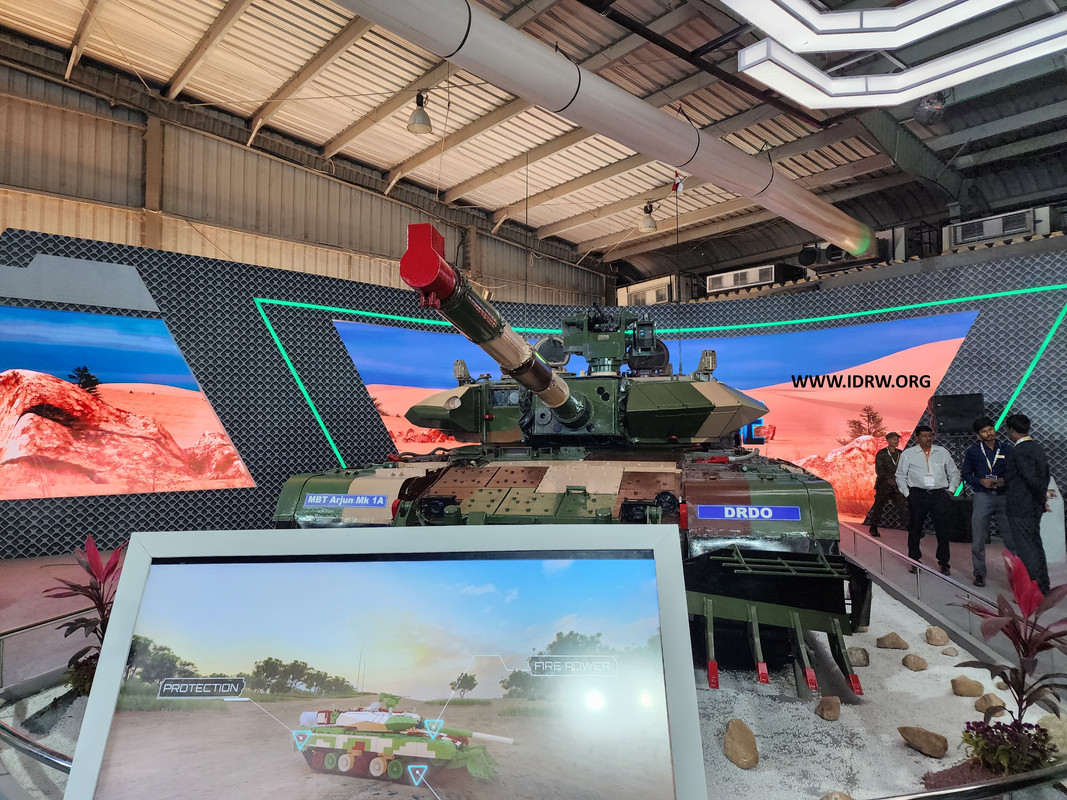
The Indian Army is set to receive its first domestically produced Arjun Mk-1A tanks later this year, marking a significant milestone in its quest for armoured dominance. However, the focus has already shifted to the next frontier: the Arjun Mk-II, a lighter and more agile variant designed with the evolving battlefield realities in mind.
The 118 Arjun Mk-1A tanks, ordered in 2020, represent a substantial upgrade over the Mk-1 variant. They incorporate 72 improvements suggested by the Army, enhancing firepower, mobility, and survivability. However, the Mk-1A’s weight, at 68.6 tons, remains a concern, limiting its manoeuvrability in certain terrains.
Continue readingSOURCE: RAUNAK KUNDE / NEWS BEAT / IDRW.ORG

India and Japan took a significant step towards bolstering their defence cooperation recently, as Mazagon Dock Shipbuilders Limited (MDL) hosted a delegation from ATLA Japan. The high-level discussions, led by Mr. Wada Yoshiaki from ATLA, explored potential avenues for future collaboration between the two Countries.
The talks focused on a mutually beneficial partnership in the development of undersea platforms, encompassing a range of defence applications. This collaboration holds immense potential for both nations, leveraging their respective expertise in maritime technologies and addressing shared security concerns in the Indo-Pacific region.
Continue readingSOURCE: RAUNAK KUNDE / NEWS BEAT / IDRW.ORG

India’s quest for self-reliance in advanced aerial warfare takes a major step forward with the Defense Research and Development Organisation (DRDO) and French aerospace giant Safran engaged in crucial talks regarding the engine for the nation’s fifth-generation fighter jet, the Advanced Medium Combat Aircraft (AMCA).
Safran’s offer of 100% Transfer of Technology (ToT) marks a significant shift in India’s defense partnerships. This implies complete access to the engine’s blueprints and manufacturing know-how, fostering crucial domestic capabilities. Further sweetening the deal, India will actively participate in the engine’s core design and metallurgy, gaining invaluable experience in cutting-edge aeronautical engineering.
Continue readingSOURCE: RAUNAK KUNDE / NEWS BEAT / IDRW.ORG

GE Aerospace, a key partner in India’s Light Combat Aircraft (LCA) Tejas program, is gearing up for performance upgrades on the F404-IN20 engines powering the fighter jet. This move aims to enhance operational efficiency and potentially reduce lifecycle costs for the Indian Air Force.
While details remain under wraps, the planned advancements likely involve software upgrades and specific engine tweaks. While any increase in thrust levels can be ruled out. The focus, however, seems to be on optimizing existing functionalities and squeezing out greater efficiency from the F404-IN20.
Continue readingSOURCE: RAUNAK KUNDE / NEWS BEAT / IDRW.ORG

The Defence Research and Development Organisation (DRDO) is aiming to revolutionize aerial defence with a game-changing weapon: a lightweight, 100-kilowatt Directed-Energy Weapon (DEW). This powerful laser promises to provide a cost-effective and nearly limitless solution to neutralize low-flying drones, like those deployed by Russian forces in the Ukraine War.
Imagine a laser mounted on a nimble 8×8 truck, accompanying troops on the move. This is the vision for the 100-kW DEW, offering mobile protection against a growing threat: loitering ammunition and armed quadcopters. These small, agile drones can wreak havoc on unsuspecting forces, but a swift zap from the DEW could render them harmless before they get too close.
Continue readingSOURCE: RAUNAK KUNDE / NEWS BEAT / IDRW.ORG

The recent successful test-firing of a BrahMos cruise missile from a frontline warship in the Bay of Bengal has sparked widespread speculation about a potential breakthrough in its range capabilities. While official confirmation remains elusive, several clues suggest this may be the first test of an extended-range BrahMos, marking a significant leap in India’s offensive firepower.
Traditionally limited to a range of 290 kilometers due to Missile Technology Control Regime (MTCR) regulations, the BrahMos missile received a range boost to 450 kilometers after India joined the MTCR in 2016. However, DRDO officials have consistently hinted at the potential for further range expansion through hardware upgrades, targeting a groundbreaking 800 kilometers.
Continue readingSOURCE: RAUNAK KUNDE / NEWS BEAT / IDRW.ORG
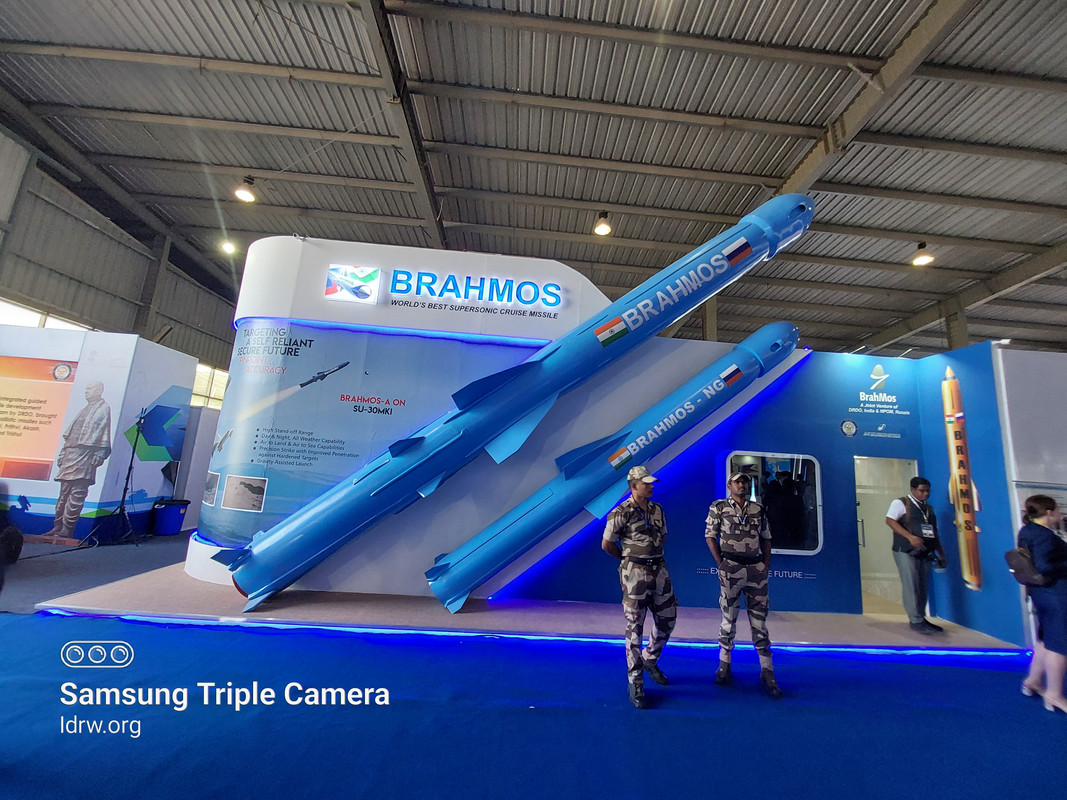
In a breakthrough for Indian defence capabilities, the Defence Materials and Stores Research and Development Establishment (DMSRDE) has successfully developed indigenous liquid fuel for the BrahMos supersonic cruise missile. This critical achievement marks a significant step towards self-reliance in advanced weaponry and reduces dependence on imports.
Previously, the BrahMos missile relied on liquid fuel sourced from Russia, raising concerns about vulnerabilities and potential supply chain disruptions. The DMSRDE’s indigenously developed fuel liberates India from this dependence, enhancing operational freedom and strategic autonomy.
Continue readingSOURCE: RAUNAK KUNDE / NEWS BEAT / IDRW.ORG

Azerbaijani media has sparked speculation with footage of tarpaulin-covered trucks moving from the Iranian village of Juffa towards Armenia on January 17, 2024. The claim? This convoy carries military cargo potentially originating from India, raising questions about the nature and purpose of the movement.
While Azerbaijani media alleges the cargo includes an Indian weapons system, it has been speculated from Indian Defence analysts that it could be TC-20 MGS howitzers manufactured by Indian defence company Bharat-Forge, this claim remains unverified. Several factors contribute to the uncertainty:
Continue reading